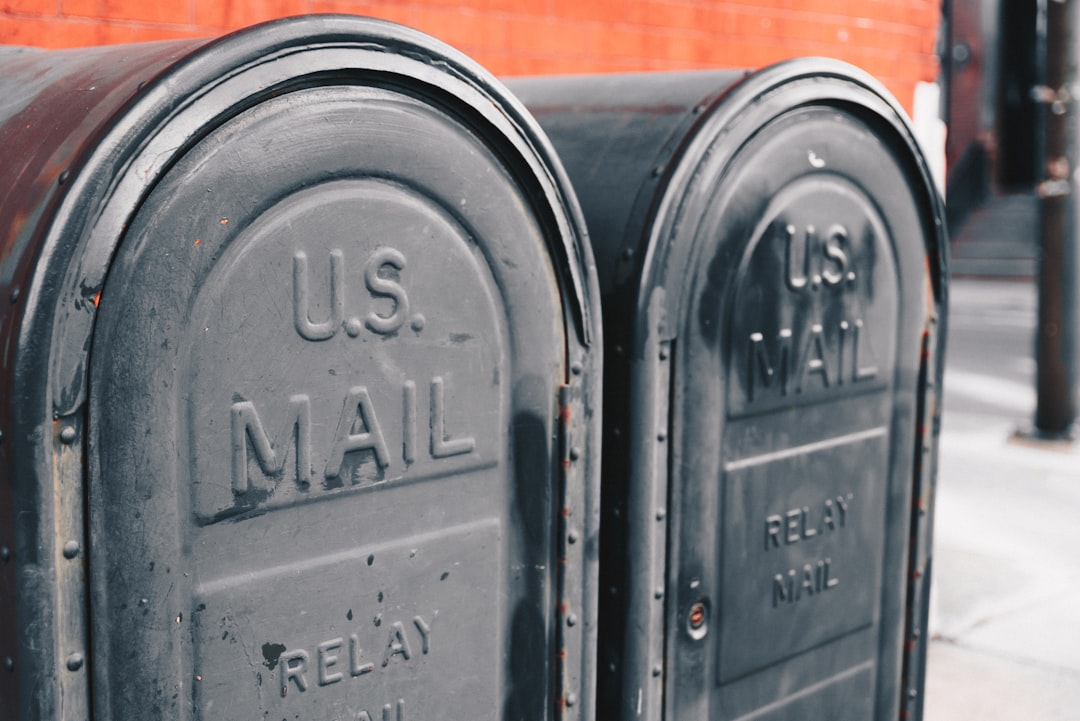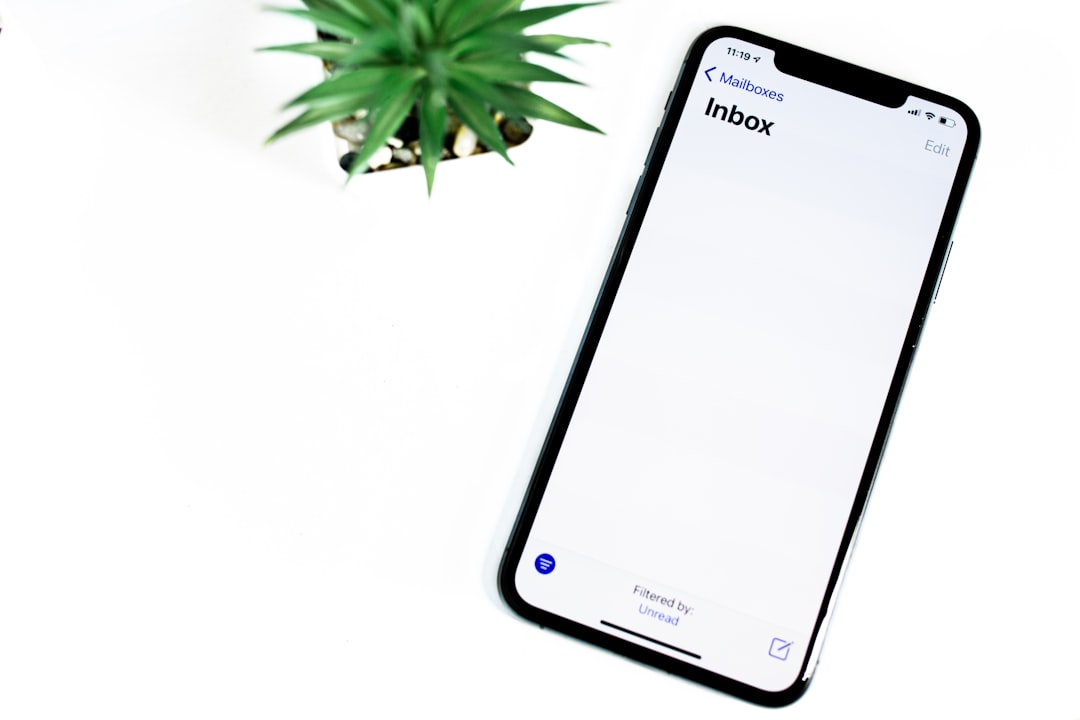When sending emails through Mailchimp, some users notice that three dots appear at the end of their email content when viewed in certain email clients. This often leads to confusion, as it may cause important content to be hidden from recipients unless they manually expand the email.
The appearance of these three dots is not a bug but a feature of how email clients handle long or repetitive email content. In this article, we will explore why these dots appear, when they are most likely to be triggered, and how to optimize your emails to avoid unintended content being cut off.
Why Do Three Dots Appear in Mailchimp Emails?
The three dots (also known as an ellipsis) are added by some email clients, such as Gmail, to collapse long emails and repetitive content. This is commonly referred to as “email clipping” or “trimming.” Email clients do this to improve readability and provide a better user experience, especially when the email contains a lot of repeated content, such as lengthy footers or unsubscribing instructions.
Several key factors contribute to an email being truncated with three dots:
- Email Length: Gmail, for example, clips emails that exceed approximately 102 KB in size.
- Repetitive Content: If the email contains recurring phrases, similar footers, or long disclaimers that resemble previous messages, some email clients automatically collapse them.
- Hidden Content: If formatting includes hidden elements, excessive white space, or embedded styles, this may prompt an email client to clip the email.

When Are Emails Most Likely to Be Clipped?
Different email clients may apply email clipping based on their own rules. The following scenarios increase the chances of encountering this issue:
Emails Over 102 KB in Size
Gmail automatically clips any email that exceeds approximately 102 KB, hiding part of the email behind the three-dot ellipsis. This often affects emails with:
- Heavy use of inline CSS and styling.
- Emails containing unnecessary or multiple tracking pixels.
- Repeated blocks of similar text within the email.
Mobile and Web-Based Email Clients
In some cases, mobile apps and web-based versions of email clients may strategically collapse lengthy or repeated sections of an email for improved readability. Users will need to tap a “View Entire Message” or “Expand” link to see the trimmed content.

Excessive Merging of Dynamic Content
Mailchimp’s dynamic content features, such as merge tags or conditional formatting, can sometimes create unexpectedly long emails when expanded. Elements like personalized offers or user-specific data can significantly increase the file size and contribute to truncation.
How to Prevent Three Dots from Hiding Important Content
While email clipping is mostly controlled by the recipient’s email client, there are steps you can take to minimize its likelihood.
Optimize Email Size
Keeping your emails below 102 KB helps prevent them from being clipped in Gmail. You can achieve this by:
- Removing unnecessary spaces, comments, or hidden elements from your HTML.
- Optimizing images by reducing their file sizes before uploading them into Mailchimp.
- Minimizing excessive tracking pixels or external scripts.
Reduce Repetitive Content
To avoid emails being collapsed due to redundancy, consider:
- Shortening footers or privacy disclaimers.
- Avoiding duplicate content blocks, such as long terms and conditions.
- Replacing long paragraphs with concise call-to-action buttons.
Test Emails Before Sending
Mailchimp provides a preview and test-send feature that allows you to check how an email will render in different email clients. Before scheduling your campaign, be sure to:
- Send test emails to Gmail and other major inboxes.
- Check for any unnecessary whitespace and expanding content.
- Confirm that essential information is visible without requiring users to click “View More.”
Conclusion
The three-dot clipping of Mailchimp emails is controlled primarily by the recipient’s email client, but understanding the triggers can help in optimizing your email campaigns. By maintaining efficient email size, reducing repetitive content, and thoroughly testing messages before sending, you can minimize the chances of important content being hidden behind a “View More” link. Careful email design will enhance readability and ensure that your audience fully engages with your message.



